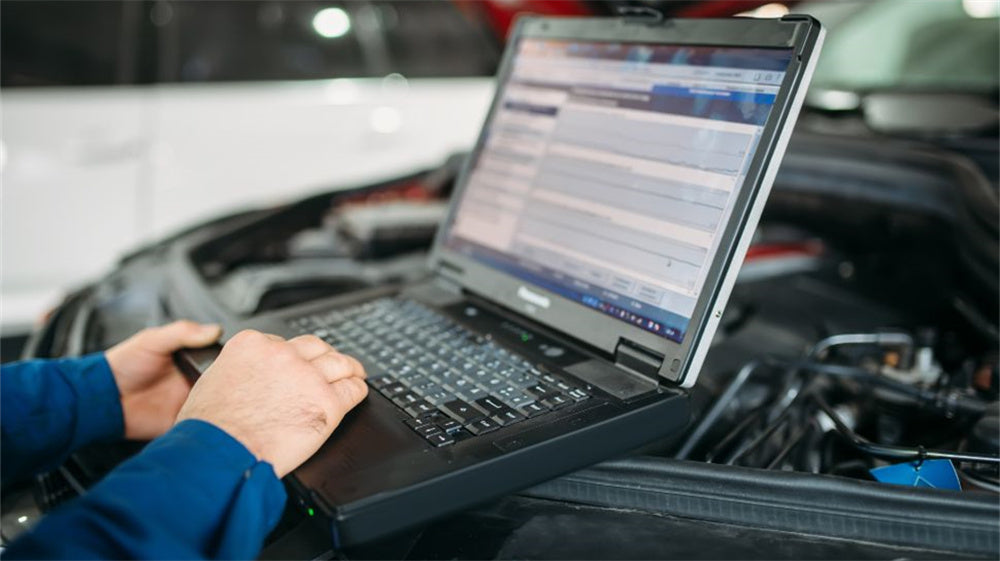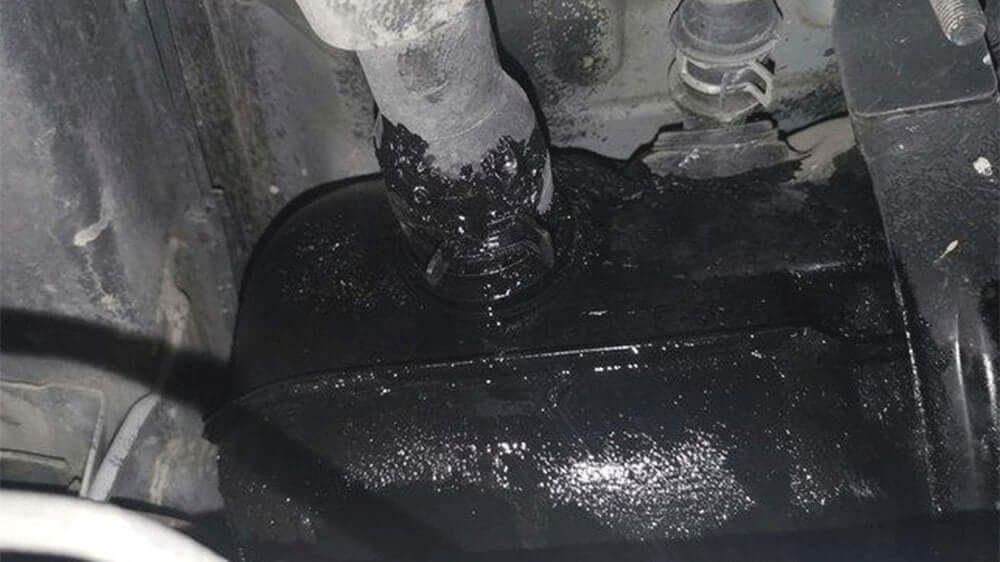
How to daily maintenance engine system of cars
Maintaining your vehicle is crucial for ensuring its longevity and optimal performance. Regular daily engine service can help you identify potential issues early, preventing costly repairs and unexpected breakdowns. In this guide, we will walk you through how to check critical areas of the engine service, including oil and fluid levels, ignition system health, lubrication, cooling system functionality, and fuel supply. By performing these checks, you can keep your vehicle running smoothly and safely on the road.
Daily Inspection of the Five Engine Major Systems:

1. Oil and Fluids Check:
Check Fluid Levels:
Engine Oil Level: Use a dipstick to measure the oil level, ensuring it’s between the high and low marks. If there’s no dipstick, use the vehicle’s onboard electronic oil level sensor.
Coolant Level: Ensure the coolant level is between the MAX and MIN lines. Note that when checking after the engine has warmed up, release system pressure before opening the cap to avoid burns.
Check Color:
Engine Oil Color: Oil changes color due to oxidation and impurities. Fresh oil is typically clear, while used oil turns darker. Dripping oil on paper and observing the spread can indicate oil quality; a larger spread generally means better oil quality.
Coolant Color: Check if the color has darkened or if the coolant is cloudy (indicating possible oil contamination), or if there are impurities.
Check Viscosity:
Engine Oil Viscosity: This can be gauged by feeling the oil’s thickness, but this is a general sense rather than an exact measurement.
Coolant Viscosity: Typically replaced every three years. Check for changes in color or cloudiness which could indicate deterioration.

2. Ignition System Check:
Ignition Coils: Inspect for any visible damage to the insulation layer. Swap coils between cylinders to observe any changes in engine performance to evaluate coil condition.
Spark Plugs: Conduct a spark test to check the strength of the spark. Examine the spark plugs for carbon buildup, electrode wear, or proper gap (usually 0.6-1.3mm). Use a spark plug tester or diagnostic computer to assess misfire data. If no diagnostic tools are available, you can check for misfires by disconnecting individual ignition coils or spark plug wires.
3. Lubrication System Check:
Check for oil leaks around components such as the valve cover gasket, camshaft adjuster, timing cover, front/rear oil seals, oil filter, oil cooler seals, turbocharger oil lines, and oil pan. Leaks can cause noticeable oil stains or dirt accumulation. Replace gaskets or seals and ensure mating surfaces are clean, applying sealant if necessary.
4. Cooling System Check:
Water Pump: Faults include a loose drive belt, worn pump shaft, or damaged pump blades. Unusual noises can indicate problems, and a stethoscope can help pinpoint the issue.
Thermostat: Failure can affect the cooling system’s circulation. Compare the temperatures of the upper and lower hoses to check if the thermostat opens properly (a significant temperature difference means it might not be opening).
Leaks: Common leak points include the radiator, radiator hose connections, water pump, and heater hoses. Leaks are often due to aging hoses or seals. Handle plastic components with care during replacement to avoid further damage. Always prioritize safety, especially when working with a hot engine, and avoid opening caps or disconnecting hoses without releasing system pressure.
5. Fuel Supply System Check:
Fuel Pump: When turning the ignition switch on, listen for the fuel pump's noise near the fuel tank. To confirm, the pump may need to be removed and checked.
Fuel Pressure: Abnormal pressure affects engine performance. Measure fuel pressure using a gauge, checking Oil Pressure At Idle (around 250kPa) and Residual Pressure (should remain above 150kPa for 10 minutes). Low pressure may indicate leaks or a clogged filter, while high pressure may point to a faulty pressure regulator.

Starting System Check:
1.Starter Motor:
Symptoms of faults include no reaction, turning but not starting, or a brief grinding noise. Issues may involve worn carbon brushes, slipping one-way gears, or faulty solenoids. Disassemble and inspect the starter to diagnose the problem. Disconnect the battery negative terminal before disassembly.
Valve Component Inspection Methods:
2.Check Valves:
One-Way Valve: Test by blowing or sucking through the valve. It should only allow flow in one direction.
EGR Valve: Excessive carbon buildup can prevent the valve from operating correctly, causing unstable idle, reduced power, or stalling.
PCV Valve: Typically a one-way valve that controls opening based on intake manifold vacuum. Check its operation by observing the valve’s response to changes in vacuum.
Solenoid Valves: Check by powering the solenoid and feeling its action. Measure its resistance to ensure it is functioning properly.
Regular care and attention to your engine will keep it running smoothly and efficiently, helping you avoid unexpected breakdowns and costly repairs. Drive safely and take good care of your vehicle!















































































